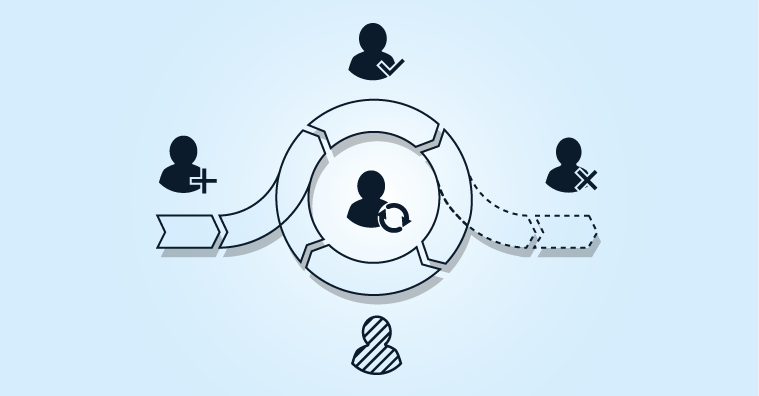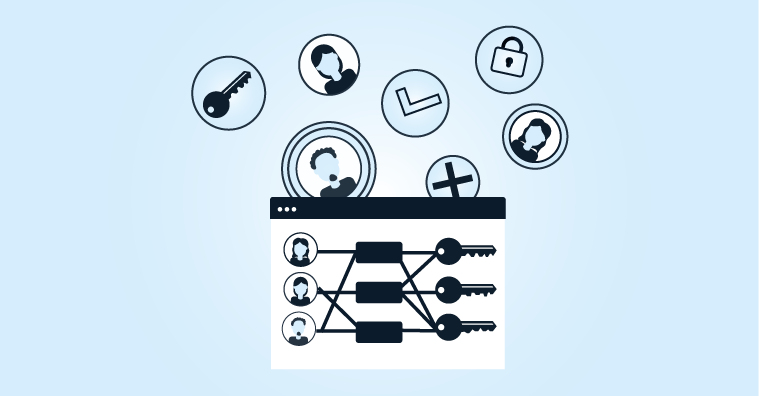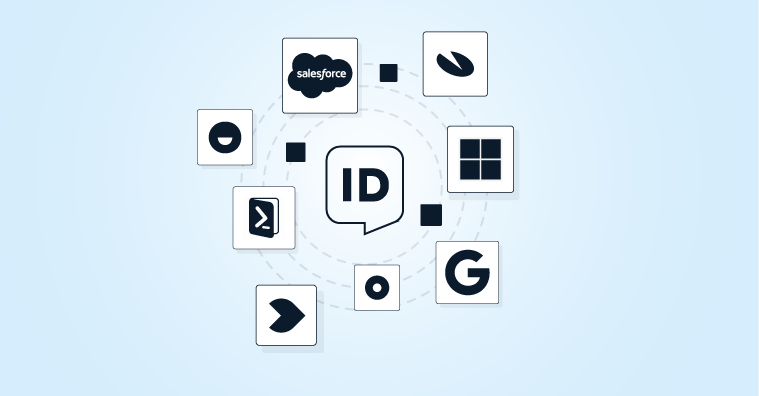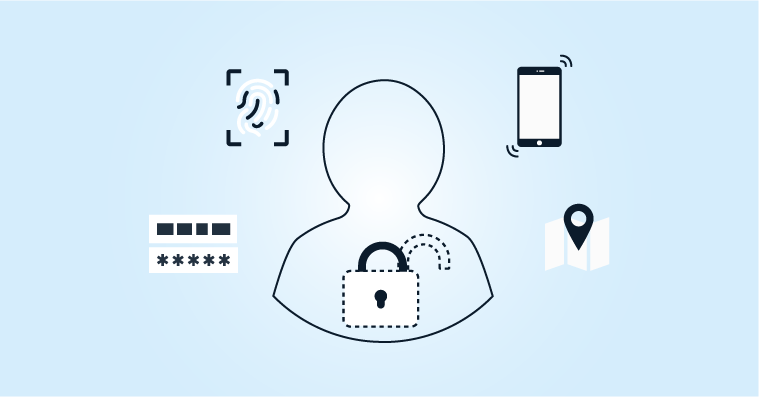USE CASE
Mergers & Acquisitions
Migrate to a comprehensive IAM solution upon the merger of two or more organisations which each have their own IAM solutions.
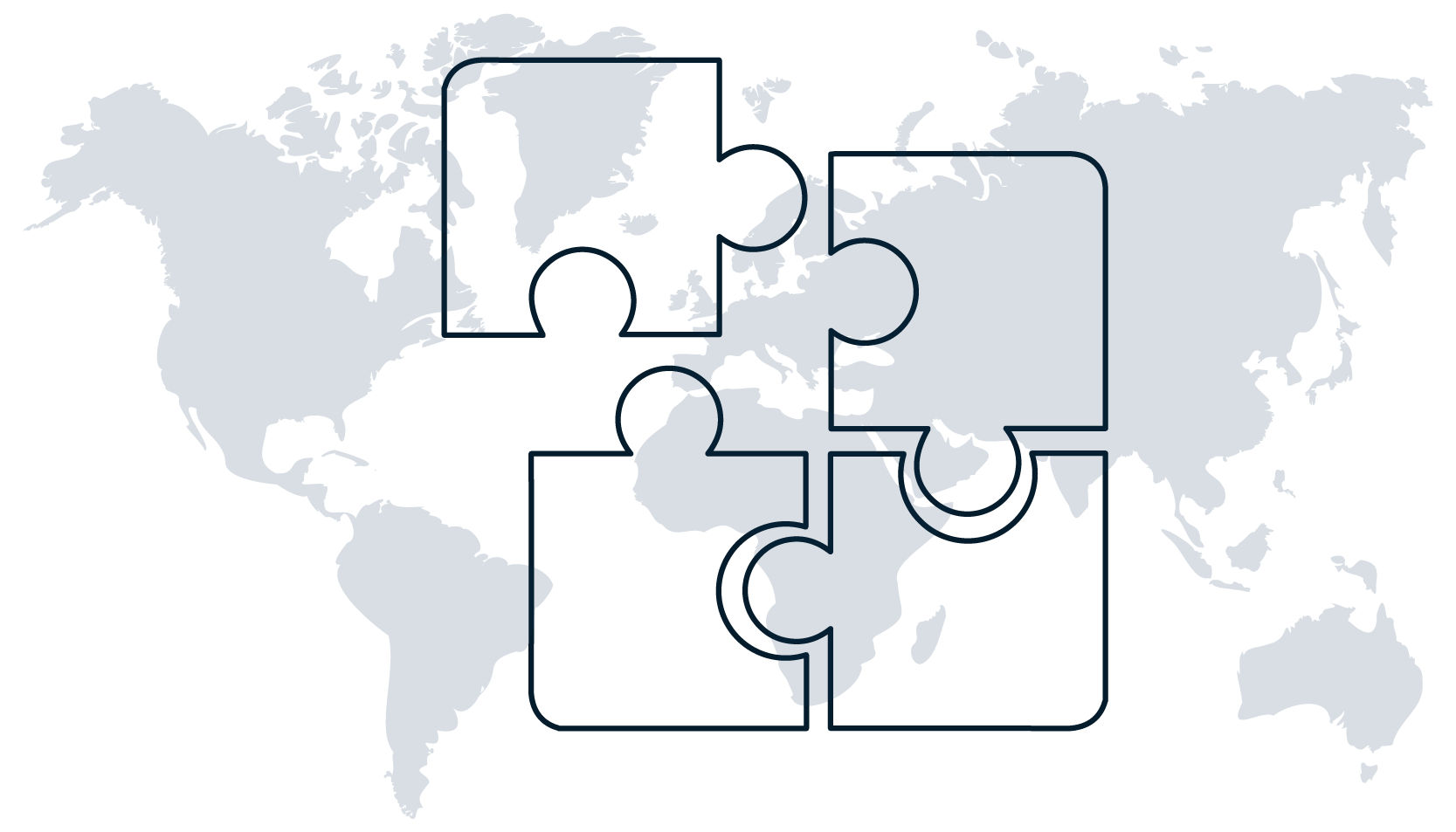
How Do You Quickly Allow Users From Different Partner Organisations to Collaborate?
After a merger, it is often a priority to get the employees of the different partners working together as quickly as possible. This requires them to gain quick access to each other’s systems. Next, depending on the merger plan, the partners work to gradually integrate users into a single uniform account and access management system.
Centralised Account and Access Management Based on User Roles
HelloID can link multiple source systems and target systems, implement an organisation-wide RBAC structure and, through flexible Access Management, have multiple Identity Providers work together. This means we can quickly and controllably migrate from two or more IAM environments to a joint Identity and Access Management environment.
Coherent provisioning
- Automated account and rights management throughout the entire account lifecycle (onboarding, transitioning, offboarding).
- Additional source systems can be linked to – for example – connect employees of merger partners.
- Merger partners’ target systems can gradually be linked.
- Existing (legacy) differences in roles and corresponding rights can be processed within the Role Based Access Control framework. For example, with a role mining session.
- Existing (legacy) differences in business operations can be addressed with additional or modified business rules.
Uniform service automation
- Automated request for additional and/or temporary access rights. With configurable approval steps and duration.
- Automation at 3 levels: delegated forms for helpdesk agents and/or managers, and a self-service portal for end-users.
- Automation can be scheduled for each service process.
- This creates a uniform service portal for the different merger partners.
Flexible access management scenarios
- Access Management facilitates flexible access scenarios during migration. For example, providing quick access to applications for employees of merger partners.
- Access Management can manage connections between Identity Providers of merger partners for the migration.
- Not limited to access for own employees, but also gradually providing access to other user groups such as contractors, clients or partners.
Features
How We Achieve an Integrated IAM in a Merger
7 steps that can each be configured using low-code or no-code solutions
- Source system: Integration of HelloID with source systems such as HR, SIS and/or scheduling systems. This way, changes in the source data are automatically available in HelloID.
- People: Conversion of data about people/roles from source systems to a common representation within HelloID using an ‘identity vault’.
- Business rules: Determining rules that determine which roles are granted which types of accounts and access rights, and under what conditions.
- Target systems: Linking HelloID to on-premises and/or cloud-based applications. This can be executed step by step per application.
- Service processes: Automating processes, including online approval flows and activation in target systems. This can be carried out step by step for each process.
- Access management: Set up access procedures, such as Single Sign-On (SSO) and Multi-Factor Authentication (MFA), in conjunction with — for example — Active Directory.
- Reporting and auditing: Configuring standard and client-specific reports and monitoring functions for analysis and audits.
Frequently Asked Questions
HelloID is designed to be flexible and adaptable, making it easy to link multiple source systems and target systems. In mergers and acquisitions, the platform can quickly consolidate the IAM solutions of different organisations into one uniform system. With an organisation-wide RBAC structure, flexible Access Management and support for multiple Identity Providers, HelloID facilitates a smooth migration to an integrated IAM environment for all parties involved.
HelloID offers automated account and rights management throughout the full identity lifecycle. As a result, all changes in access rights are managed consistently and securely. In addition, differences in roles and corresponding rights – which may arise after a merger or acquisition – can be integrated into HelloID’s Role Based Access Control framework. This approach guarantees that access rights are managed in a uniform and secure manner, regardless of the original IAM solutions used by the merging organisations.
HelloID aims to provide end-users with a seamless and uniform service experience. During the migration, automation and access management are used to ensure consistent and quick access to required applications. After the migration, users benefit from a uniform service portal, which allows them to easily access the systems and applications they need. They can also take advantage of features such as Single Sign-On (SSO) and Multi-Factor Authentication (MFA), which further contribute to a secure and user-friendly access experience.
Creating a proper role-based model is the foundation of an organisation’s account and rights management. However, if no (complete) role-based model is in place yet, for instance in the case of a merger, organisations can still proceed with the help of a role mining session. Role mining offers a practical approach to defining a role model – quickly and with minimal effort. Through a unique combination of HR and user network data, you gain insight into the roles which exist within your organisation, and you can determine which roles should be assigned automatically and which should be set as optionally requestable.
